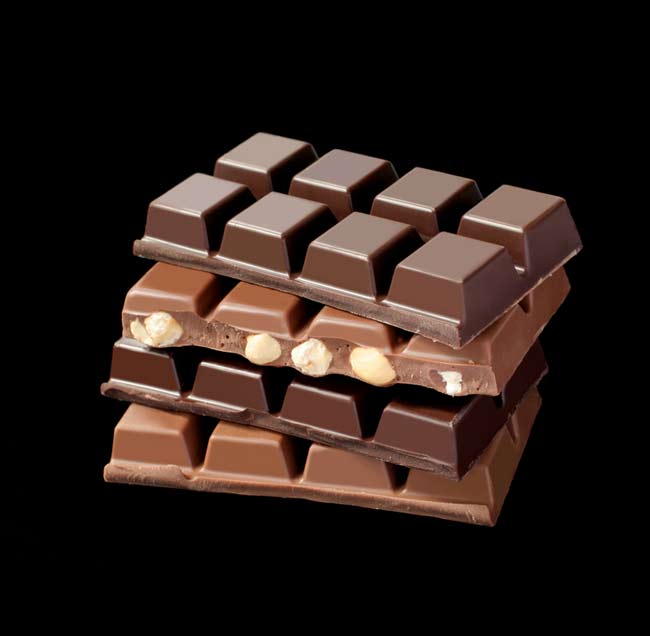Options for Chocolate-Lovers Tripled

For chocolate lovers out there, your options just tripled.
Scientists have discovered that there are actually 10 genetic types of cacao, the plant from which chocolate is made, rather than the mere three that were thought to exist.
A team of researchers did a genetic analysis of the Theobroma l. cacao species, statistically comparing the frequency of snippets of DNA spaced regularly through the cacao genome, and found that 10 different genetic types of the species exist.
Until now, scientists thought that Theobroma l. cacao originated in Central America, where it was used as early as 600 B.C. by the Maya as a chocolate drink, and even earlier as a bitter brew by ancient Mesoamericans. The recent genetic analysis showed, however, that the species can actually be traced back to South America, to a region near Ecuador and Colombia.
"This analysis clearly showed that even the cacao the Mayans used came from South America," said Juan Carlos Motamayor of the U.S. Department of Agriculture's National Germplasm Repository and lead scientist of cocoa genetics at Mars, Incorporated. "We can see the origins of the 10 genetic groups very clearly."
While the suggestion that cacao originated in South America has been made before, this is the first time such strong evidence has been presented for the case.
The newly-discovered sub categories of the plant could have implications, both for cacao agriculture and for chocolate consumers everywhere.
Sign up for the Live Science daily newsletter now
Get the world’s most fascinating discoveries delivered straight to your inbox.
Currently, some brands of chocolate are marketed under the three known types of cacao: Criollo, Forastero and Trinitario (a hybrid of the first two). Motamayor suggested that new kinds of chocolate made from the new categories could become popular.
"The idea with this is that in the future, instead of these three types, there may be the potential for commercializing under other categories," he told LiveScience. "One of the objectives is to improve cacao for taste, as well as disease resistance. We can see the origins of the best flavors come from specific genetic groups and specific geographical areas."
The scientists also hope their findings could help breed new strains of cacao that resist some of the diseases that plague many crops.
"One of the targets is for us to improve cacao, because in many countries, like Asia and Africa, cacao losses could be up to 80 percent of the farm production," Motamayor said.
Motamayor and his colleagues detailed their findings in a paper published online Oct. 1 in the journal PLoS ONE.
- Chocolate Helps Heart Stay Healthy
- Video: A Chocolate A Day...
- 10 Bad Things That Are Good for You










